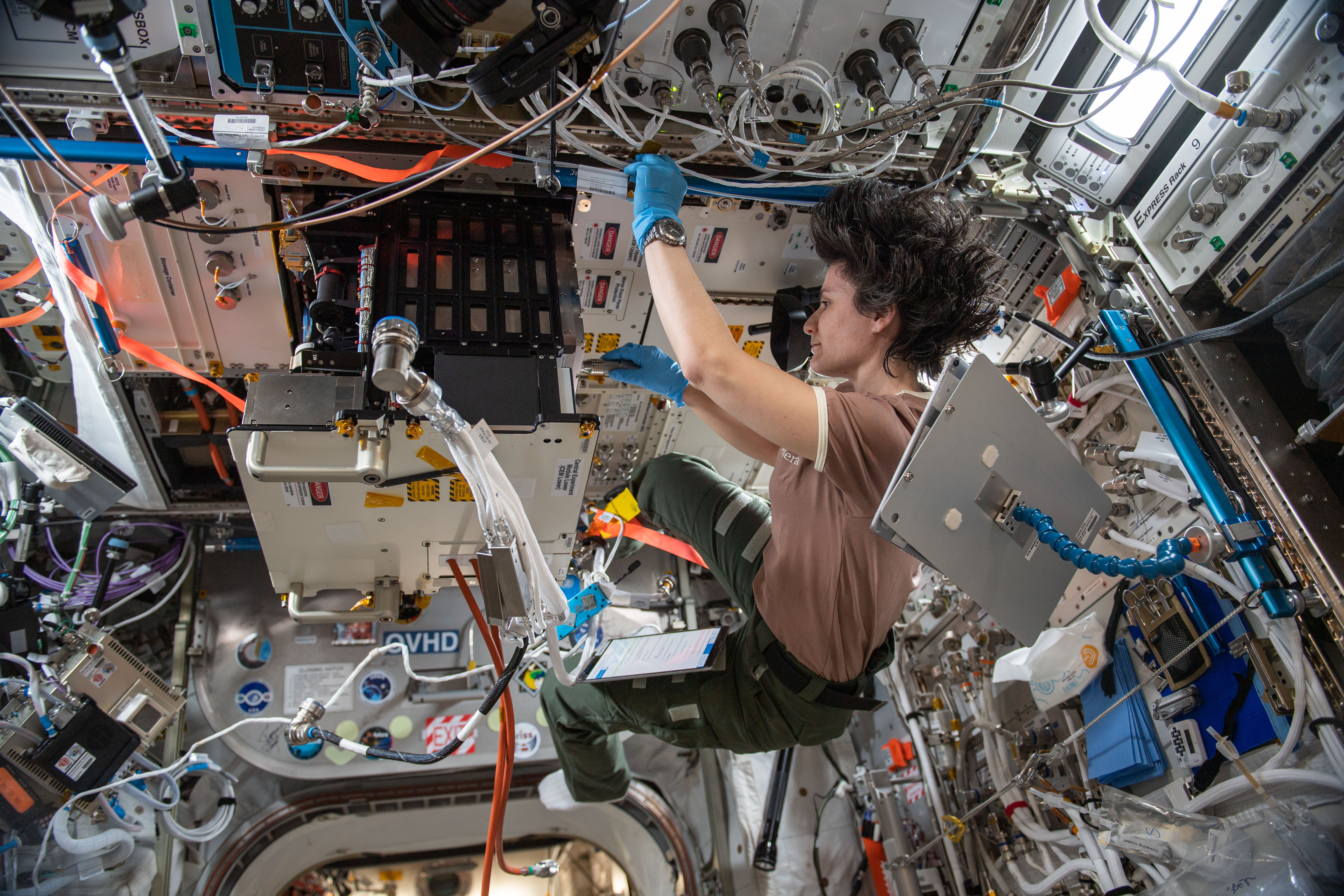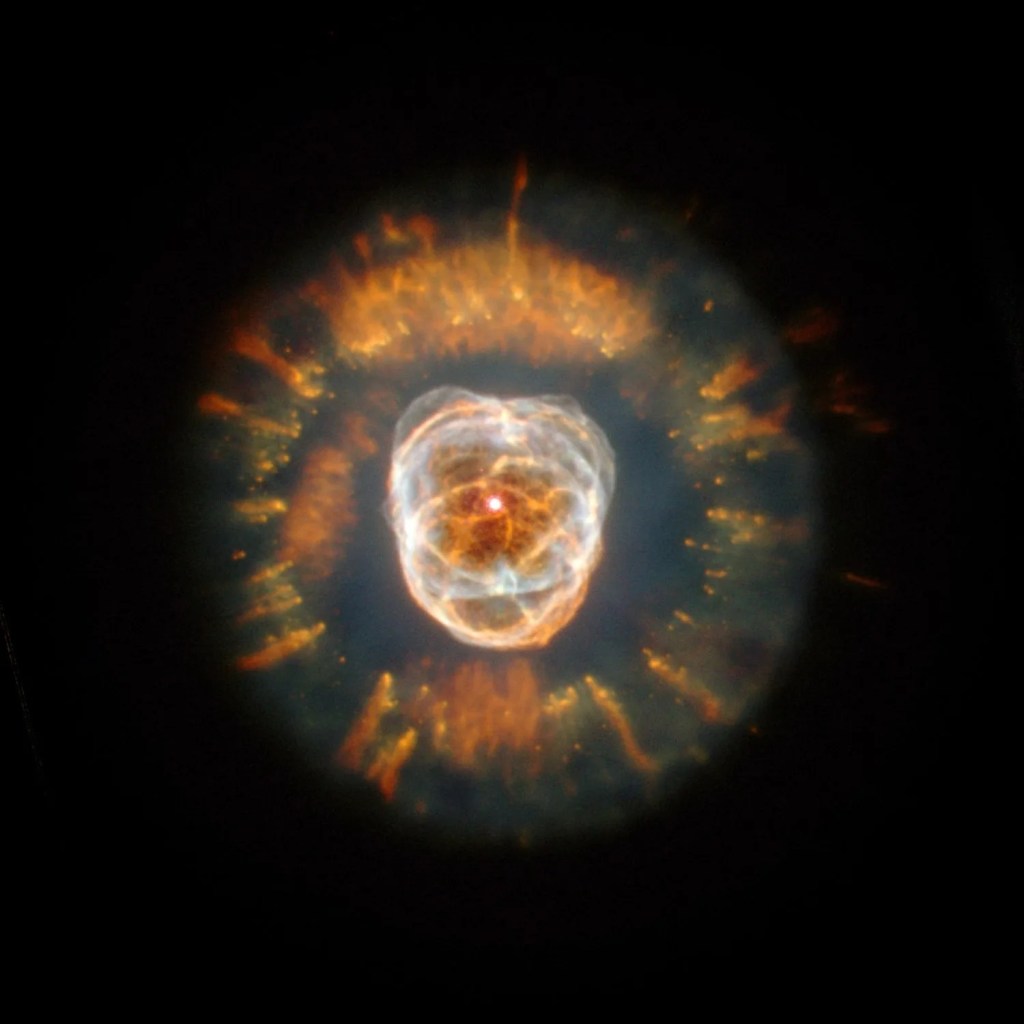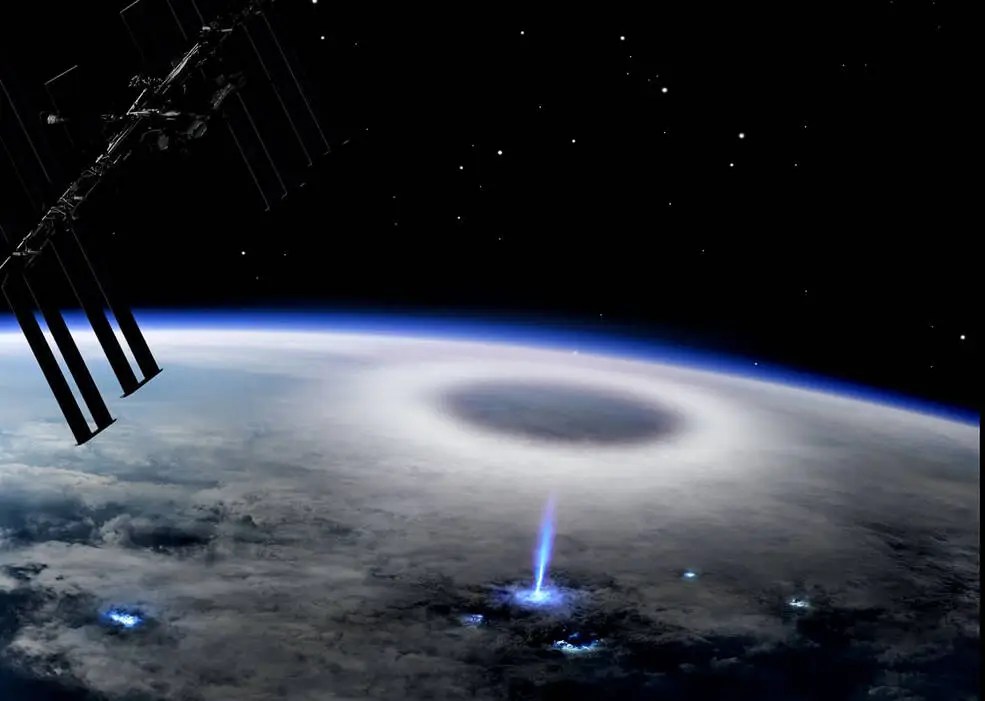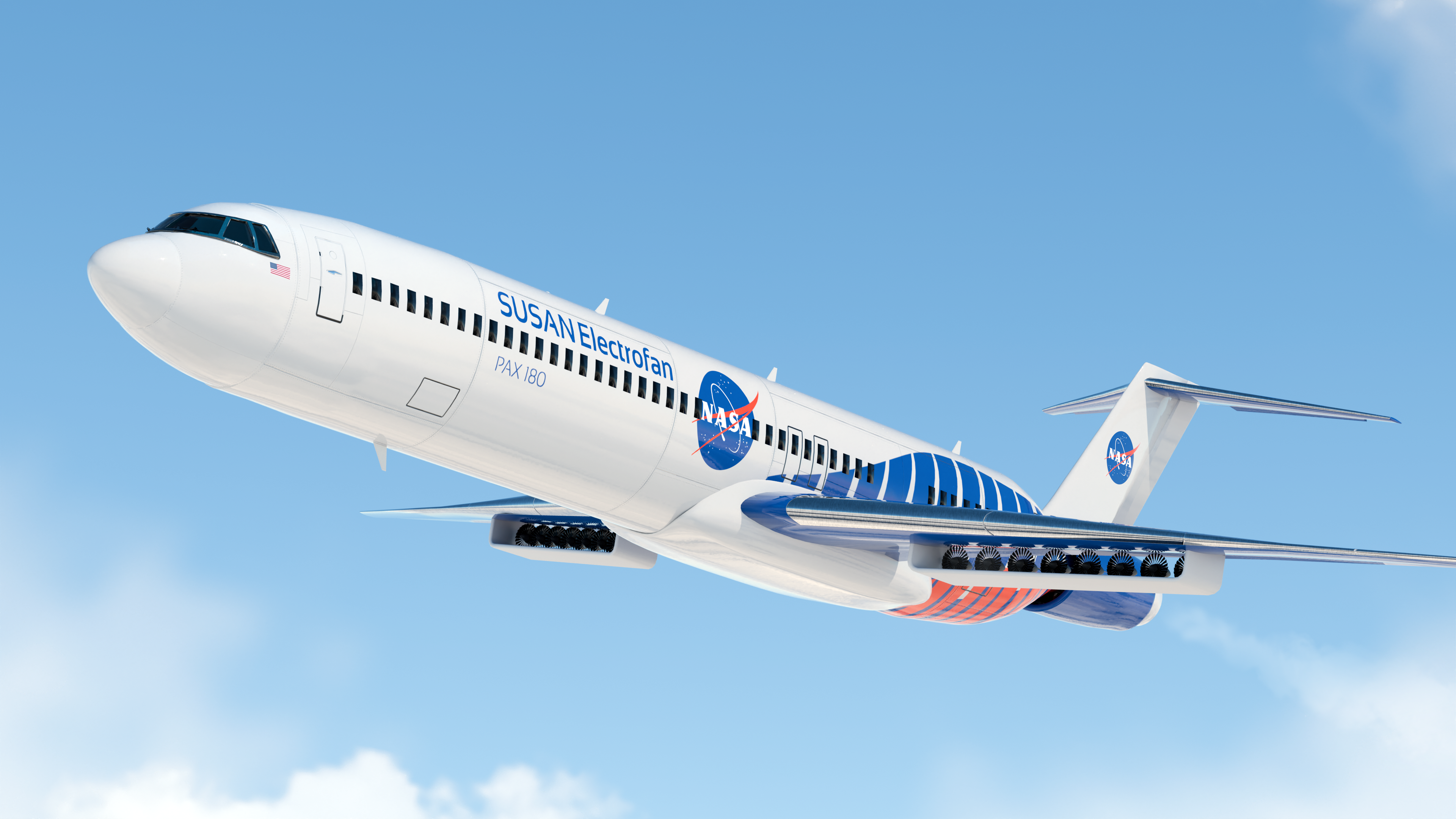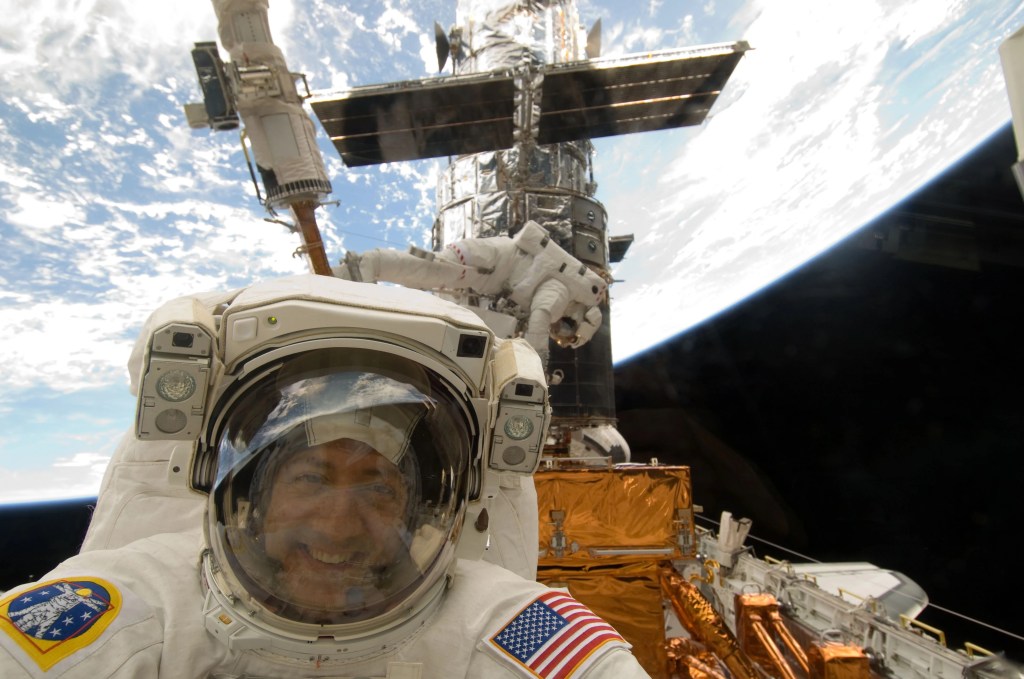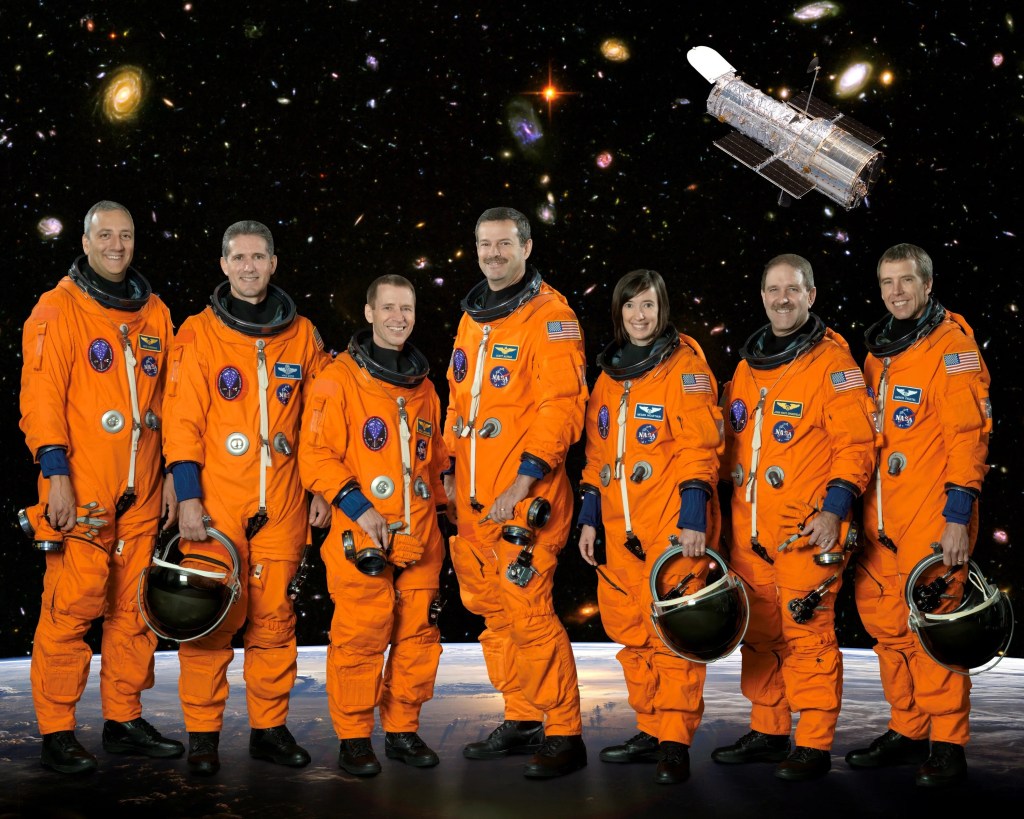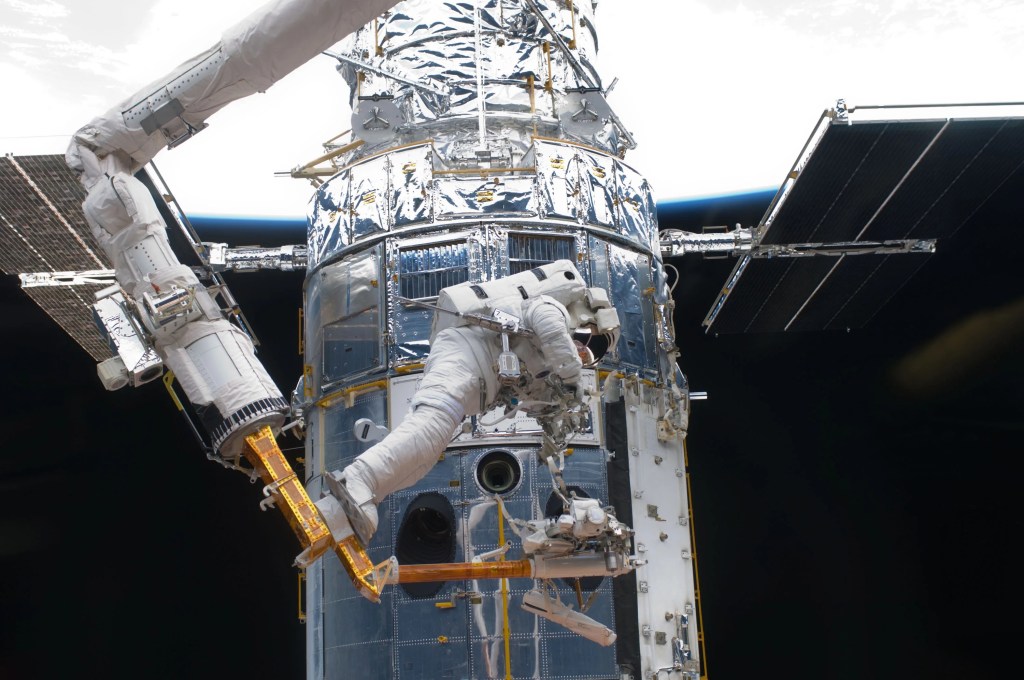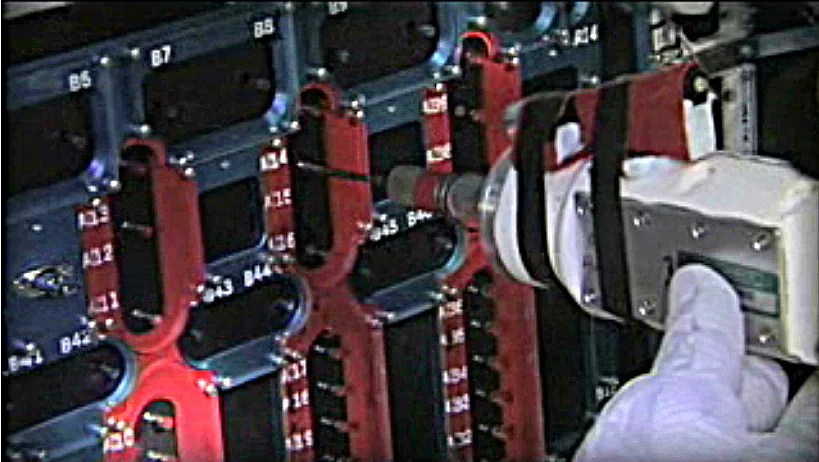Servicing Mission 4
(SM4)
The mission gave Hubble new life, carrying it into its third decade of operation.
mission type
Servicing Mission
shuttle mission
STS-125
Launch
May 11, 2009
duration
12 days
Overview
The Hubble Space Telescope was reborn with Servicing Mission 4 (SM4), the fifth and final servicing of the orbiting observatory. During SM4, astronauts installed two new scientific instruments – the Cosmic Origins Spectrograph (COS) and Wide Field Camera 3 (WFC3). Two failed instruments, the Space Telescope Imaging Spectrograph (STIS) and the Advanced Camera for Surveys (ACS), were brought back to life by the first ever on-orbit repairs. These efforts brought Hubble to the apex of its scientific capabilities.
To prolong Hubble’s life, astronauts installed new batteries, new gyroscopes, a new science computer, a refurbished fine guidance sensor, and new insulation on three electronics bays. Additionally, astronauts attached a device to the base of the telescope that will facilitate de-orbiting when the telescope is eventually decommissioned.
Quick Facts
- Number of Orbits: 197
- Miles traveled: 5.3 million
- The 12-day mission included five spacewalks that lasted a total of 36 hours and 56 minutes
Cosmic Origins Spectrograph (COS)
COS is an ultraviolet spectrograph with one overriding objective: to collect as many ultraviolet photons of light as possible over a wide field of view. Scientifically, its primary goals include studying of the origins of large-scale structure in the universe, the formation, and evolution of galaxies, and the origin of stellar and planetary systems and the cold interstellar medium. It can effectively study of the huge, dark reservoir of gas that exists between the galaxies both near and far. This dark reservoir represents the largest-scale structure in the universe, the so-called ”cosmic web.”
COS and the Space Telescope Imaging Spectrograph (STIS) were designed to complement each other. COS seeing ultraviolet light and STIS seeing in ultraviolet through optical to near-infrared light.
SM4 astronauts mounted COS in the space occupied by the Corrective Optics Space Telescope Axial Replacement (COSTAR), which became redundant when SM3B astronauts replaced the Faint Object Camera in 2002.
Wide Field Camera 3 (WFC3)
Four large flexible solar array (SA) panels provide power to the observatory.
With a “panchromatic” sensitivity extending from the ultraviolet through the visible and into infrared wavelengths of light, Hubble’s WFC3 is an extremely powerful imaging instrument that extended Hubble’s capabilities to see deeper into the universe. WFC3 was a bridge to the infrared observations made by the James Webb Space Telescope.
WFC3 replaced the Wide-Field Camera 2 (WFPC2), which SM1 astronauts installed in 1993. WFPC2 performed extraordinarily for nearly sixteen years. WFC3 has a 7-16 times advantage over WFPC2 in discovery efficiency –the product of its wider field-of-view and greater sensitivity.
WFC3 is optimized for ultraviolet and infrared wavelengths. This complements the Advanced Camera for Surveys (ACS), which is optimized for visible light between blue and red wavelengths. The WFC3 also provides a capable backup to the ACS at visible wavelengths, should the latter suffer an operational failure. Both create the kinds of images for which the Hubble is best known.
Instrument Repairs
Designed with servicing in mind, Hubble’s instrument bay doors hold handrails and are relatively easy for astronauts to open with customized tools. The same is not true for the instruments themselves.
Installed on the telescope during SM2 in 1997, the Space Telescope Imaging Spectrograph (STIS) worked brilliantly for 7.5 years before the failure of a power supply in August 2004 interrupted its operation, sending it into “safe mode.”
Repairing STIS required replacing a power supply board located within the Side 1 electronics box. Developing this repair program represented a significant step forward in the ability to perform on-orbit spacecraft servicing.
In January 2007, the Advanced Camera for Surveys (ACS) suffered a severe electronics failure, rendering the two most-used of its three science channels inoperable. Since its installation during SM3B in 2002, ACS quickly became Hubble’s most heavily used instrument. It was responsible for many of the telescope’s most popular and dramatic images, including the Hubble Ultra Deep Field.
With only two years until the final servicing mission, there was little time to develop the procedures and tools needed to repair ACS. Fortunately, the team was already preparing for a very similar task involving the repair of STIS. Designing a repair process for ACS became achievable by adapting the processes already under development for repairing STIS. The ACS repair required replacing four boards in the electronic box and a new power supply box.
NASA scientists, technicians, and engineers were able to generate all the hardware along with some very ingenious tools to perform both repairs. The astronauts repeatedly tested and refined the repair procedures during the two years that proceeded the mission launch. The spacewalking astronauts made it look easy, though they had to overcome frozen bolts, stripped screws, and stuck handrails. Tests performed immediately after the repairs confirmed that the procedures worked. Both instruments were indeed operational once again.
Livestream with Megan McArthur
A Momentous Mission for Science
Since SM4, Hubble has charted a new path of discovery through the universe. Among many key revelations in the last 15 years, Hubble has
- Refined the expansion rate of the universe and how it has changed over time to expand our understanding of cosmological questions around dark energy and dark matter
- Watched an exoplanet in the process of formation swallowing gas from the surrounding medium, and observed water vapor in the smallest exoplanet yet
- Observed changes in our solar system, such as the acceleration and shrinking of the storm known as the Great Red Spot on Jupiter and the evolution of similar storms
- Linked Neptune’s clouds to the solar cycle , showing that clouds increase every two years after the peak of an 11-year cycle, despite Neptune’s distance from the Sun
- Observed the locations of strange, fleeting, enormous blasts of energy known as Fast Radio Bursts ― including the farthest yet found
- Observed the impact of black holes within and beyond our galaxy, discovered that supermassive black holes are at the heart of almost all galaxies, and helped track down a rare, intermediate class of black hole
- Found convincing evidence for a third type of supernova, a particular type of exploding star that could explain the bright supernova that birthed the Crab Nebula
- Found the farthest individual star ever spotted, whose light has traveled 12.9 billion years to reach Earth
Servicing Mission 4 Interactive Timeline
Meet the Hubble SM4 Astronauts
STS-125 Mission Facts
Atlantis’ astronauts repaired and upgraded the Hubble Space Telescope, conducting five spacewalks during their mission to extend the life of the orbiting observatory.
Explore STS-125 Details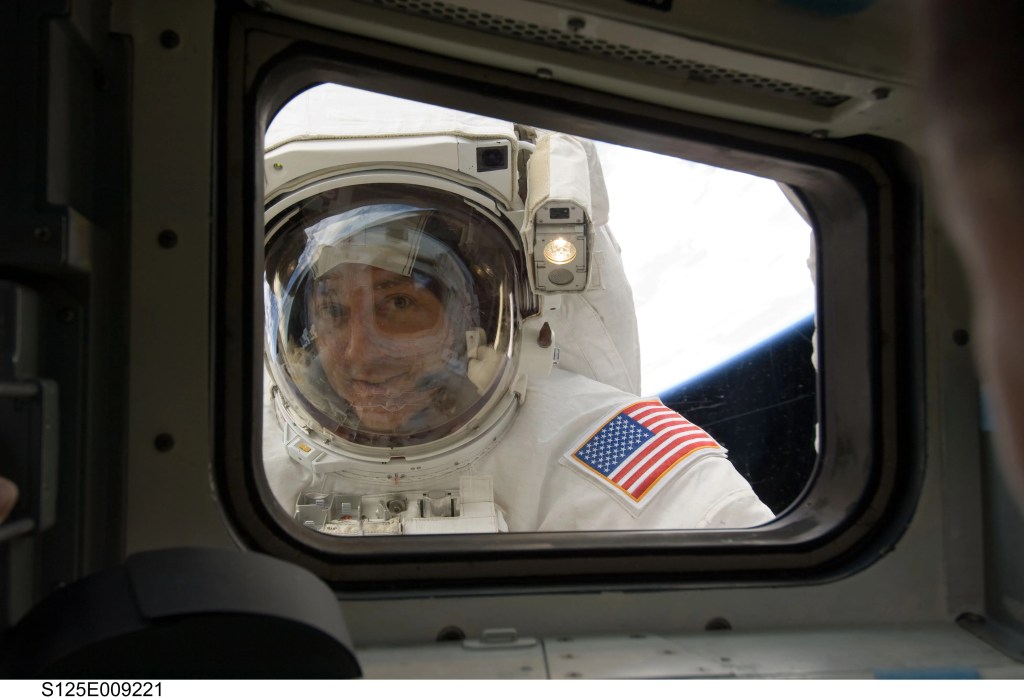
Servicing Mission 4 Image Galleries
Explore Hubble's SM4 galleries on Flickr to view and download high-resolution images.
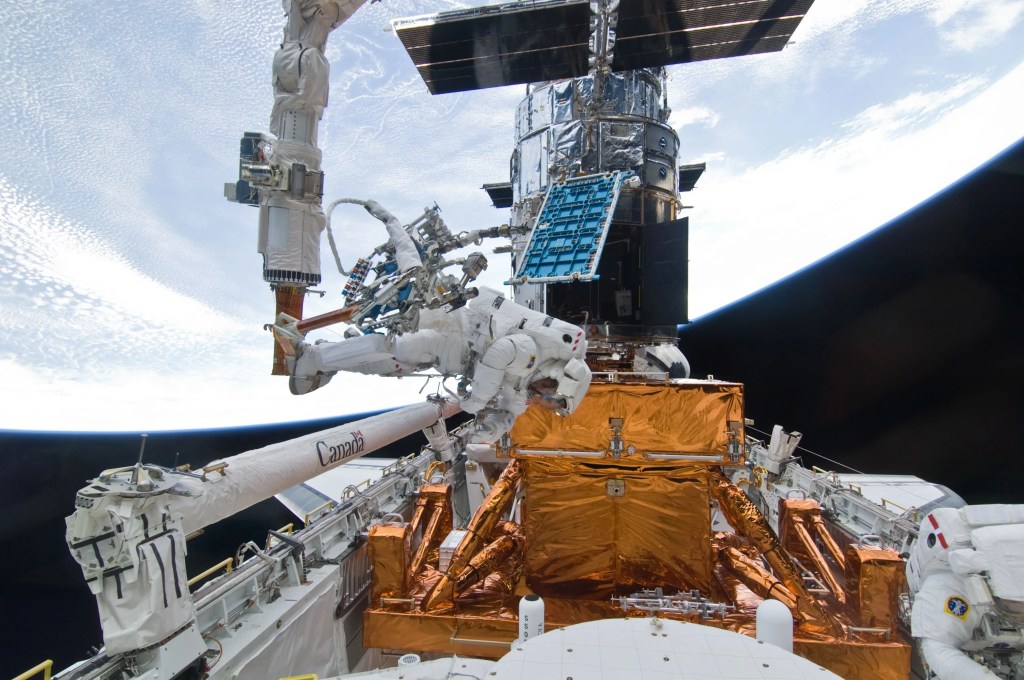
Hubble Servicing Mission 4
Images from Hubble’s fifth and most recent servicing mission, STS-125 (May 2009)
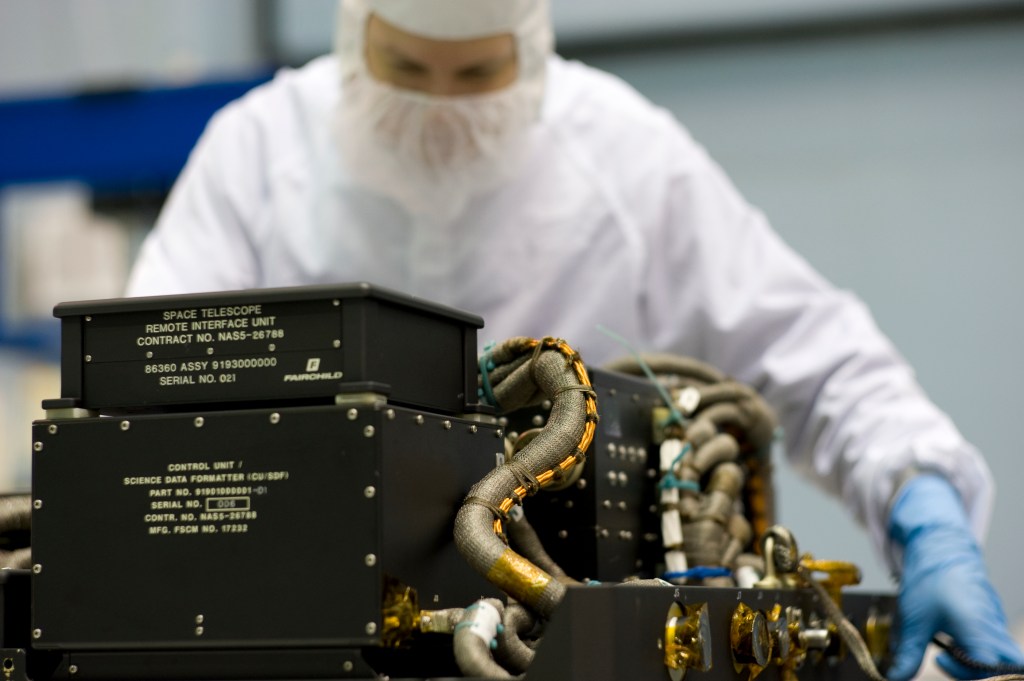
A Photodocumentation of Servicing Mission 4
The people and work behind Hubble’s Servicing Mission 4 through the eyes of photographer Michael Soluri.
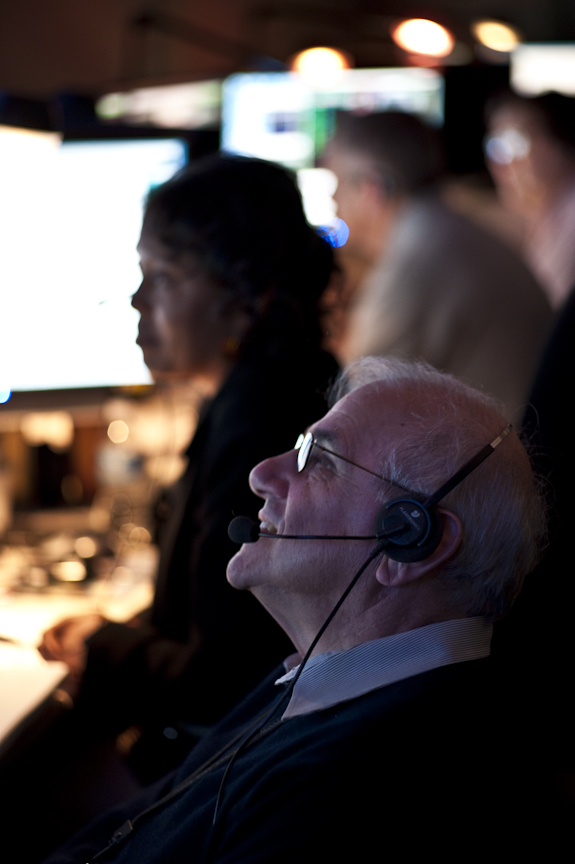
Servicing Mission 4 from the Ground Up
Supporting the final mission to the Hubble Space Telescope



